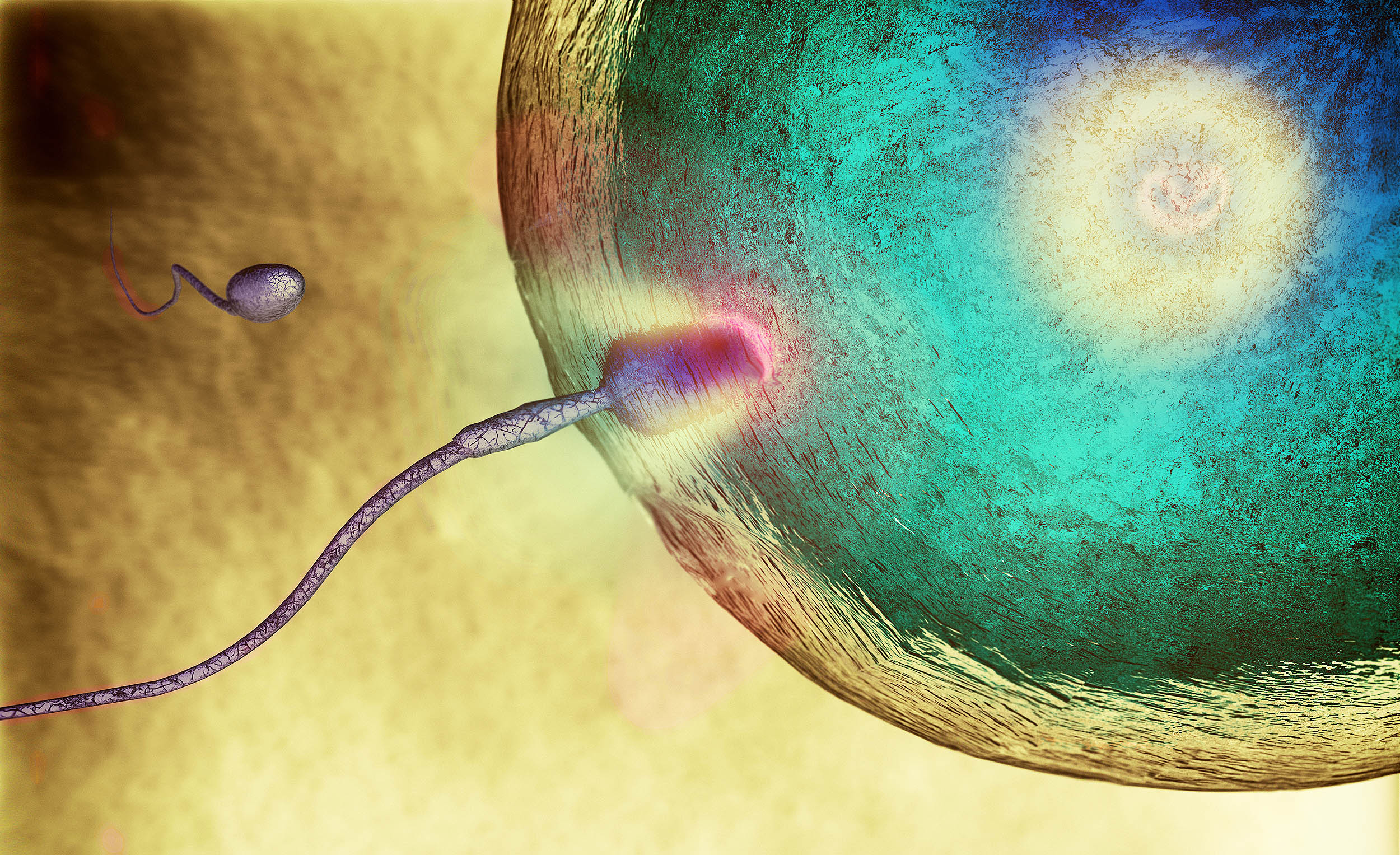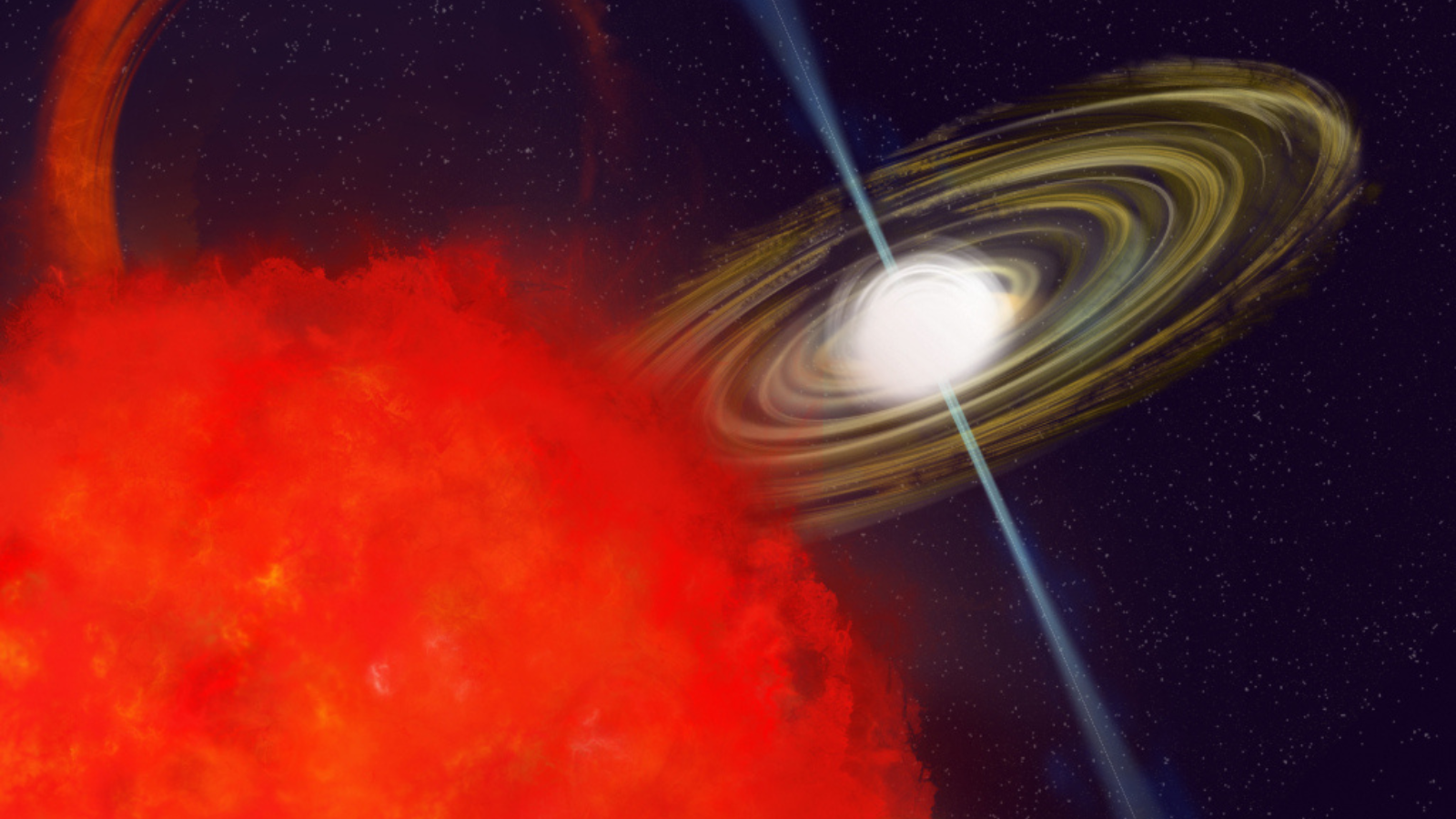Gold usually melts at 1,300 kelvins—a temperature hotter than fresh lava from a volcano. But scientists recently shot a nanometers-thick sample of gold with a laser and heated it to an astonishing 19,000 kelvins (33,740 degrees Fahrenheit)—all without melting the material. The feat was completely unexpected and has overturned 40 years of accepted physics about the temperature limits of solid …
Read More »Tag Archives: Physics
New Alloy Defies Physics to Power Space and Hydrogen Tech in Deep-Freeze Conditions
IN A NUTSHELL 🚀 The new copper-based alloy developed in Japan maintains its properties in extreme cold, offering breakthroughs in space exploration and hydrogen technology. 🔧 This alloy showcases a unique shape memory effect at temperatures as low as -328 °F, surpassing traditional materials like nickel-titanium. 🌌 Applications include high-performance actuators for space telescopes and advancements in carbon-neutral tech such …
Read More »How sperm manage to defy a major law of physics
Tiny organisms live in a world where the usual rules of motion feel upside-down. Water that slips through our fingers turns syrupy at their scale, dragging against every twitch. Yet a sperm cell or a green alga skims along as if the goo were barely there. Sperm are such great swimmers because of a slender flagellum that ripples like a …
Read More »Want to live forever? A 90-year-old physics rock star is betting his remaining years on it. – Boing Boing
Want to live forever? A 90-year-old physics rock star is betting his remaining years on it. Boing Boing Source link
Read More »Scientists Found a Black Hole That Shouldn’t Exist. Now Physics Has a Problem.
Here’s what you’ll learn when you read this story: Over the past decade, the LIGO-Virgo-KAGRA (LVK) network has detected hundreds of black hole mergers, but none quiet as large as GW231123. At 225 solar masses, the black hole resulting from the merger far exceeds previous record holder GW190521, which weighed in at 140 solar masses. This black holes involved in …
Read More »AI Comes Up with Bizarre Physics Experiments. But They Work.
If the AI’s insights had been available when LIGO was being built, “we would have had something like 10 or 15% better LIGO sensitivity all along,” he said. In a world of sub-proton precision, 10 to 15% is enormous. “LIGO is this huge thing that thousands of people have been thinking about deeply for 40 years,” said Aephraim Steinberg, an …
Read More »This Blue Laser Just Solved a 150-Year Physics Mystery – SciTechDaily
This Blue Laser Just Solved a 150-Year Physics Mystery SciTechDaily Lasers just unlocked a hidden side of gold, copper, and aluminum ScienceDaily Hebrew University Detects Magnetic Signals In Metals For Faster Processors Quantum Zeitgeist A sensitive MOKE and optical Hall effect technique at visible wavelengths: insights into the Gilbert damping Nature Scientists Achieve the “Impossible” by Detecting Invisible Forces in Ordinary Metal The Debrief Source …
Read More »Scientists Find Sperm Cells Breaking One of Physics’ Most Famous Laws — Newton’s Law
Human sperm have long been a subject of fascination—not just for their role in fertilization, but for their remarkable ability to navigate through some of the most viscous environments in the body. But a recent study published in PRX Life has raised a surprising question: do sperm really follow the laws of physics? The answer, it turns out, is more …
Read More »Newly discovered ‘cosmic unicorn’ is a spinning dead star that defies physics: ‘We have a real mystery on our hands’
Using the world’s most advanced radio telescopes, astronomers have discovered a spinning dead star so rare, strange and unique that they have dubbed it a “cosmic unicorn.” The unique properties of this object, CHIME J1634+44, challenge our current understanding of spinning dead stars and their environments. CHIME J1634+44, also known as ILT J163430+445010 (J1634+44), is part of a class of …
Read More »CP violation in baryons is seen for the first time at CERN – Physics World
CP violation in baryons is seen for the first time at CERN – Physics World Skip to main content Discover more from Physics World Copyright © 2025 by IOP Publishing Ltd and individual contributors Source link
Read More »






